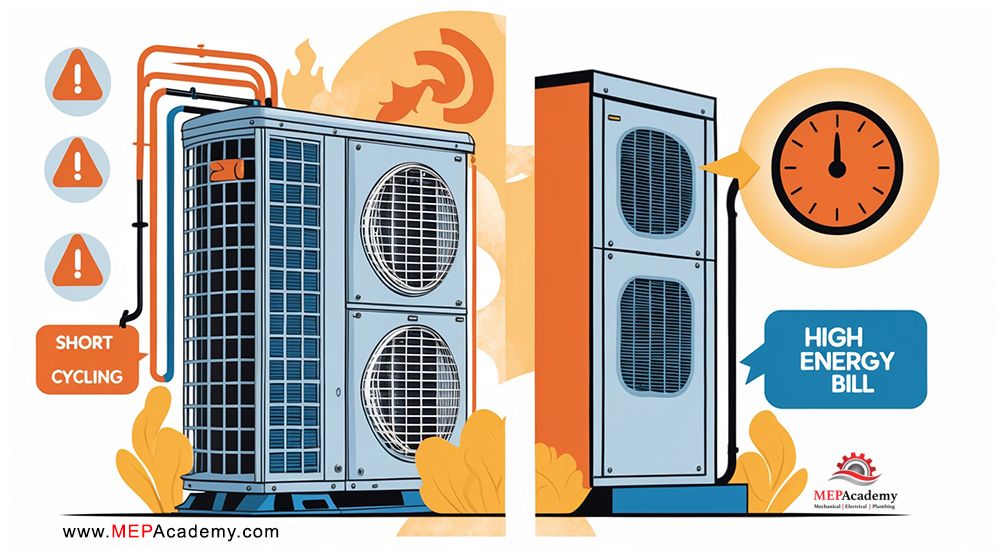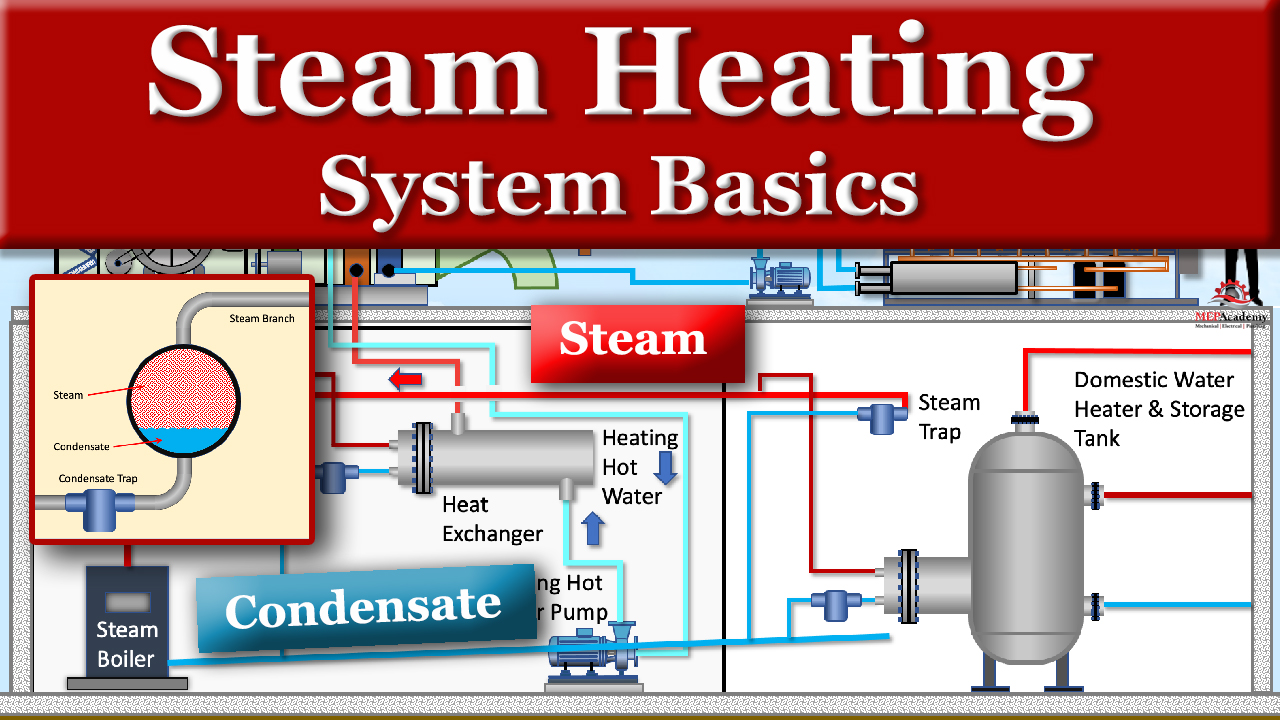In HVAC, there’s one decision that drives system performance, customer comfort, and your bottom line and thats proper heat pump sizing for summer cooling. Yet even today, improper heat pump sizing remains one of the biggest mistakes in the industry.
Oversized systems short cycle, fail to dehumidify, and lead to early equipment failures. Undersized systems run constantly, burn energy, and can’t meet the load.
And the worst part? Many replacements are still being sized based on square footage estimates or simply matching like-for-like tonnage — without accounting for how homes and loads have evolved.
In today’s article, we’re going to cover four essential lessons every HVAC professional needs to understand to size heat pumps properly for summer cooling.
Four Essential Lessons
- Why a Manual J load calculation is non-negotiable — square footage is not enough.
- How oversizing kills system performance, comfort, and efficiency.
- Why like-for-like replacement is risky — and how to approach replacements properly.
- How variable-speed technology, when matched to the correct load, delivers optimal performance.
Let’s start with the foundation — how proper heat pump sizing is determined.
Proper sizing isn’t about guesswork — it’s about precision. And that starts with a Manual J Load Calculation.
A Manual J calculation accounts for dozens of real-world factors, including:
Home square footage. Insulation levels. Window type and orientation. Air infiltration rates. Number of occupants. Internal heat gains from appliances and lighting. Local climate zone
Square footage is a starting point — but it’s not the finish line. Without considering these variables, you’re guessing — and that’s a risk for your customers, your company, and your reputation.
LESSON 1: SQUARE FOOTAGE IS NOT ENOUGH
Two homes with identical square footage can have completely different load requirements. Better insulation, low-E windows, and tighter construction reduce the load. Without verifying, you risk over or under-sizing.
Bottom line — Manual J isn’t optional — it’s the foundation for delivering the right system.
LESSON 2: THE COST OF OVERSIZING
Oversizing might seem safe — but it introduces bigger problems: short cycling, poor humidity control, higher wear and tear, and rising energy bills.

Short Cycling. Poor Humidity Control. Increased Energy Costs. Shorter System Life.
You might win the job installing a bigger unit, but you’ll lose long-term customer satisfaction — and future business — when the system underperforms. See our other video on “Should you oversize your air conditioner?”
LESSON 3: WHY LIKE-FOR-LIKE REPLACEMENT IS RISKY
One of the most common habits in the industry is replacing heat pumps based on the existing system size — assuming the original tonnage was correct.
Old System sized based on R-13 Insulation, Single-Pane Windows, Leaky Ducts
New System with energy upgrades including R-38+ Insulation, Low-E Windows, Air Sealing Improvements
Remember homes can change with insulation upgrades, window replacements, new roofing materials, improved ductwork — all these impact the cooling load.
Replacing like-for-like without verifying means you’re relying on decades-old assumptions. Today’s conditions may require a smaller or larger system — but only a new Manual J can tell you that.
If you’re not recalculating, you’re guessing — and guessing leads to callbacks, complaints, and lost credibility.
LESSON 4: VARIABLE-SPEED TECHNOLOGY DELIVERS THE BEST RESULTS
Today’s variable-speed heat pumps are designed to adapt their output to match the load — running longer at lower speeds, removing more humidity, and delivering greater efficiency.
Precise Temperature Control. Better Humidity Management. Reduced Energy Consumption. Longer System Life
But variable-speed technology can only perform at its best when the system is properly sized. Even the most advanced equipment can’t compensate for poor sizing.
CLOSING — FINAL THOUGHTS
Proper heat pump sizing for summer cooling isn’t just about getting the job done — it’s about getting it done right. For comfort, efficiency, and customer satisfaction, it all starts with precision — and ends with performance.
- Manual J — Non-Negotiable
- Oversizing — Silent System Killer
- Like-for-Like — Recalculate, Don’t Guess
- Variable-Speed + Right Size = Ideal Performance

























